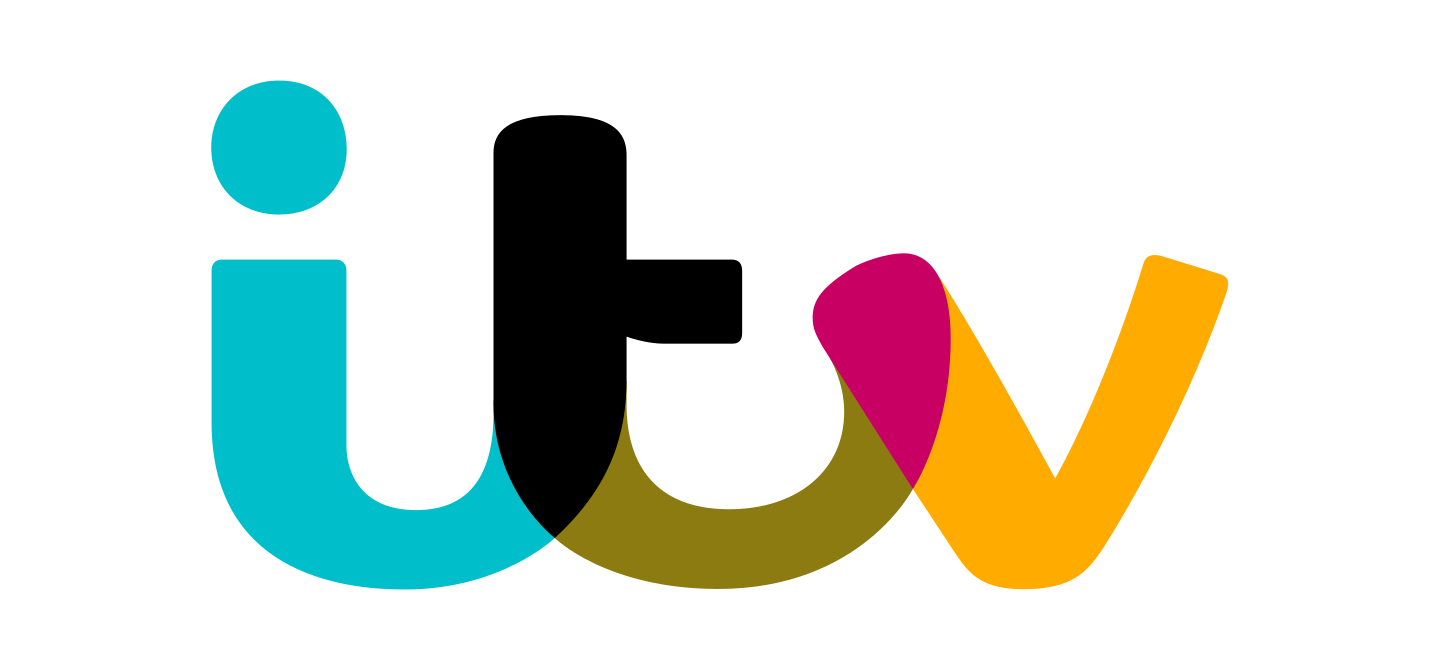
Welcome to week 37 of the Happy Parents Happy Baby guide to pregnancy, birth and beyond.
This week we’ll be covering:
We hope you enjoy it!


You may have noticed changes to your boobs during your pregnancy and you might have started to experience some leaking from your nipples. This milky discharge is colostrum, the first milk your body produces for your baby.
It is thick, sticky and golden in colour and is made from around 16 weeks of pregnancy. It has many benefits for your baby:
It is a personal choice if you wish to collect colostrum in pregnancy, but may be encouraged for example if you are diabetic or have gestational diabetes or are planning a Caesarean/abdominal birth.
Always check with your midwife before starting as it may not be suitable in all situations, for example if you are at risk of a preterm labour.
It is usually recommended to start collecting colostrum from 36 weeks of pregnancy, but you may be advised to start earlier – always follow the advice from your healthcare team.
How to collect and store colostrum
The steps:
Colostrum can be stored in a fridge (below 4°C) for up to five days, in the ice compartment of a fridge for two weeks or in a freezer for up to six months.
Your baby will still be practising many of the actions it will be doing in the outside world such as inhaling and exhaling amniotic fluid, sucking their thumb and blinking.
Their gut now contains meconium – this is the sticky green substance that will form your baby’s first poo after birth. It may come as a shock when your baby does this poo but it’s completely normal and is a great way of throwing you in at the deep end with nappy changing!



Each week we’ll be delving into the common symptoms of pregnancy and bringing you top tips for managing them from our team of specialists and parent community.
Lightning crotch
Ok, weird term we know but lightning crotch is a real symptom of pregnancy. There isn’t really a medical term for the sensation of feeling painful vaginal or pelvic twinges which is why it’s been dubbed ‘lightning crotch’. These twinges are most likely to start towards the end of your pregnancy but they are very normal and cause no harm to you or your baby.
You might find that changing positions helps. Stand up if you’ve been sitting down or sit down if you’ve been standing up. You could also try a belly belt or pregnancy band to give your bump a bit more support and take the pressure off your pelvis.
If it lasts more than a few seconds, or you have vaginal bleeding, fever or contractions speak to your GP straightaway.
Read more about managing third trimester symptoms here
This week we catch up with Frances and Nick from our Forest Hill course who share the positive birth of their baby Valentine.
“Frances’ waters broke at 3am; she hadn’t felt any contractions beforehand and so after contacting the hospital, they asked for us to come in so that they could check Frances out. The contractions started to ramp up quite intensely from the start and Frances was contracting every four minutes or so. We arrived at the hospital and I was asked to wait in the waiting room. After the examination and, as expected, we were asked to go back home and wait for things to progress. During the car journey and once we were then at home, the contractions became even more intense. I stayed in touch with the midwives and at the point where she really couldn’t speak through the contractions we decided to return to the hospital. This time, when she was examined, we were told that she was fully dilated! We were taken straight into a labour room. The pushing stage then lasted about two hours. Everything until this point had happened so quickly, to be honest, Fran wasn’t quite ready, mentally, to be at this stage! There’d been no time to watch Netflix!
“After quite a while of pushing there was a review with the doctors to potentially look at next steps. Frances was asking for an epidural, however the midwife advised that it would really slow things down – so I really tried to encourage her that she could do it – by this point she’d only had paracetamol – the gas & air didn’t seem to have any noticeable effect in reducing the pain. As the doctors were arranging their equipment Frances was able to find the strength for those final pushes and Valentine was born! She did amazingly well. I had taken a photo of the baby crowning to show her and Frances also touched her head, which really helped her to believe that it was happening. It was a very, very special moment.”
We love hearing about all of these gorgeous babies’ births!


If you’ve decided to give colostrum harvesting a try, these Sterifeed 1ml syringes come pre-sterilised with a stopper for safe storage.
You can find it here
Products are based on suggestions from our specialists and community of parents. We may earn commission from shopping links.
Happy Parents Happy Baby is here to support you through every step of your pregnancy, birth and parenting journey.
Connect with other parents-to-be and learn everything you need to know, by joining our award-winning antenatal classes.



Thank you so much for joining us!
Have a great week.
Team HPHB x
Information you
can trust
Our articles are based on the latest-evidence based guidelines and scientific research and are written by our team of medical experts.
Coming up
next week
Check out our Instagram page for extra resources from our team of experts and for free live events, such as pregnancy relaxation sessions
Follow us @happyparents.happybaby







Free downloadable resources and weekly guides for your pregnancy.
Enter your postcode to find your nearest Happy Parents Happy Baby antenatal classes